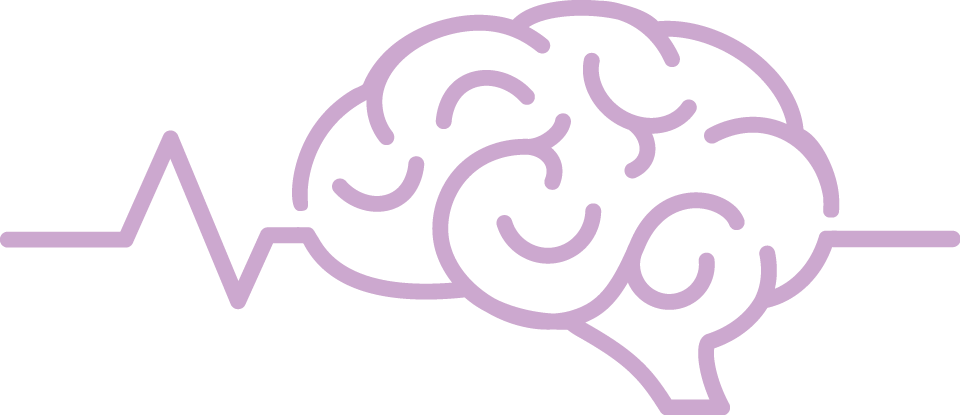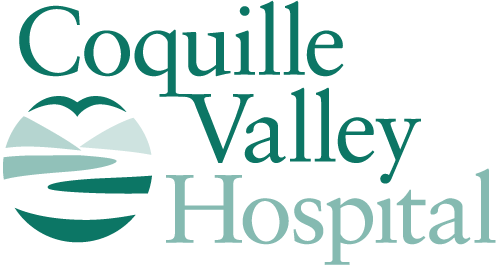Stroke Awareness & Prevention
Every 40 seconds, someone has a stroke in the United States. It could be a co-worker, a friend or a family member, and it could happen anywhere. The faster a stroke is treated, the more likely a person will recover. May is Stroke Awareness Month. Learn the signs of a stroke, how to lower your risk, and ways to decrease the severity of a stroke by acting F.A.S.T.
What is a stroke?

Learn the Signs & Act F.A.S.T.
Use the letters in F.A.S.T. to spot a stroke quickly and efficiently. Learning these easy-to-remember signs and steps truly saves lives!
F: Face Drooping
Ask the person to smile: Is their smile uneven or lopsided? Or is it numb?
A: Arm Weakness
Ask the person to raise both arms: Does one arm drift downward? Is one arm weak or numb?
S: Speech Difficulty
Ask the person to repeat a simple sentence: Are they unable to speak or hard to understand?
T: Time to call 911
If the person has any of these symptoms, call 911 and get them to the hospital immediately.
Other Sudden Stroke Symptoms
- Numbness or weakness of face, arm or leg, especially on one side of the body
- Confusion, trouble speaking or understanding speech
- Trouble seeing in one or both eyes
- Issues walking, dizziness, loss of balance or coordination
- Severe headache with no known cause
Act F.A.S.T. if you notice any of these symptoms and call 911. The faster a stroke victim is treated, the more likely the patient will recover. It’s a matter of getting the right treatment, right away, and your F.A.S.T. response can make the difference.
How to Reduce Stroke Risk Factors
According to the CDC, 80% of strokes are preventable. You can greatly reduce your risk for stroke by making lifestyle and dietary changes to help control your blood pressure and cholesterol levels, for example.
Strokes can occur in all age groups. The risk of stroke grows along with an increase in a person’s risk factors. In some cases, taking medication is the best preventive option. Some of the most important treatable risk factors for stroke include:
High blood pressure
- Maintain a healthy weight.
- Reduce salt intake.
- Exercise regularly.
- Eat fresh fruits and vegetables.
- Avoid drugs that raise blood pressure.
- Talk with your doctor about medication to lower your blood pressure, if needed.
Heart disease
- Maintain a healthy weight.
- Exercise regularly.
- Manage stress.
- Keep cholesterol levels under control.
- Talk with your doctor about medication to prevent clots, such as aspirin or blood thinners, if needed.
Cigarette smoking
- Smoking thickens blood, reduces oxygen, increases blood pressure and can lead to blockage in the carotid artery that supplies blood to the brain.
- Your doctor can recommend programs or medications to help you quit smoking, thereby eliminating this risk factor.
Signs of stroke or history of stroke
- Those who experience a Transient Ischemic Attack (TIA) or mini stroke, should get medical help immediately. One in three TIA patients end up having a stroke, often within a year.
- Previous history of a stroke matters, too. If you’ve had a stroke in the past, it’s important to reduce your risk of a second stroke, which can be worse than the first.
Diabetes
- This disorder of blood glucose can cause changes in your body’s blood vessels, including those in the brain.
- If blood glucose levels are high at the time of a stroke, any resulting brain damage may be more severe than if blood-glucose levels were controlled.
- Talk to your doctor about ensuring that your diabetes is treated properly.
Make an appointment with your primary care provider to learn more about your personal risk factors for stroke.
Stroke Facts
The Centers for Disease Control and Prevention ranks stroke as the fifth leading cause of death in the U.S. and the most common cause of adult disability. Of the 795,000 adults in the U.S. who have a stroke, about 160,000 of them die from stroke-related causes. One in four stroke survivors are at risk of having a second stroke that can be more severe than the first.
These realities make it important to learn what a stroke is, how to recognize the signs that someone is having a stroke and understand your risk factors for stroke. In the event of a stroke, early recognition and treatment is extremely important.
Types of Stroke
There are three types of stroke: Ischemic, Hemorrhagic and Transient Ischemic Attack.
- Ischemic strokes are the most common type of stroke, with 87% of strokes being ischemic. Usually not fatal, an ischemic stroke occurs when blood supply to the brain is blocked either by a blood clot or a gradual build-up of plaque or other fatty deposits in your arteries. These blockages stem from three conditions: thrombosis, embolism or stenosis.
- Thrombosis is a clot within a blood vessel of the brain or the neck.
- Embolism is a clot moving from within the body to the neck or brain.
- Stenosis is a severely narrowed artery leading to the brain.
- Hemorrhagic strokes occur when a blood vessel in the brain bursts and leaks blood into the brain. Hemorrhagic strokes only occur in 13% of stroke victims, but this type of stroke carries a higher risk of death compared to more treatable ischemic strokes.
- Transient Ischemic Attack (TIA) is also known as a mini stroke. During a TIA, the flow of blood to the brain gets cut off for a short period of time. About one in three people who have a TIA go on to have a stroke, often within a year. TIAs are short and won’t cause lasting damage, but it’s important to treat them as an emergency and to take steps to minimize your risk.
To learn more, visit the National Institute of Neurological Disorders & Stroke.

